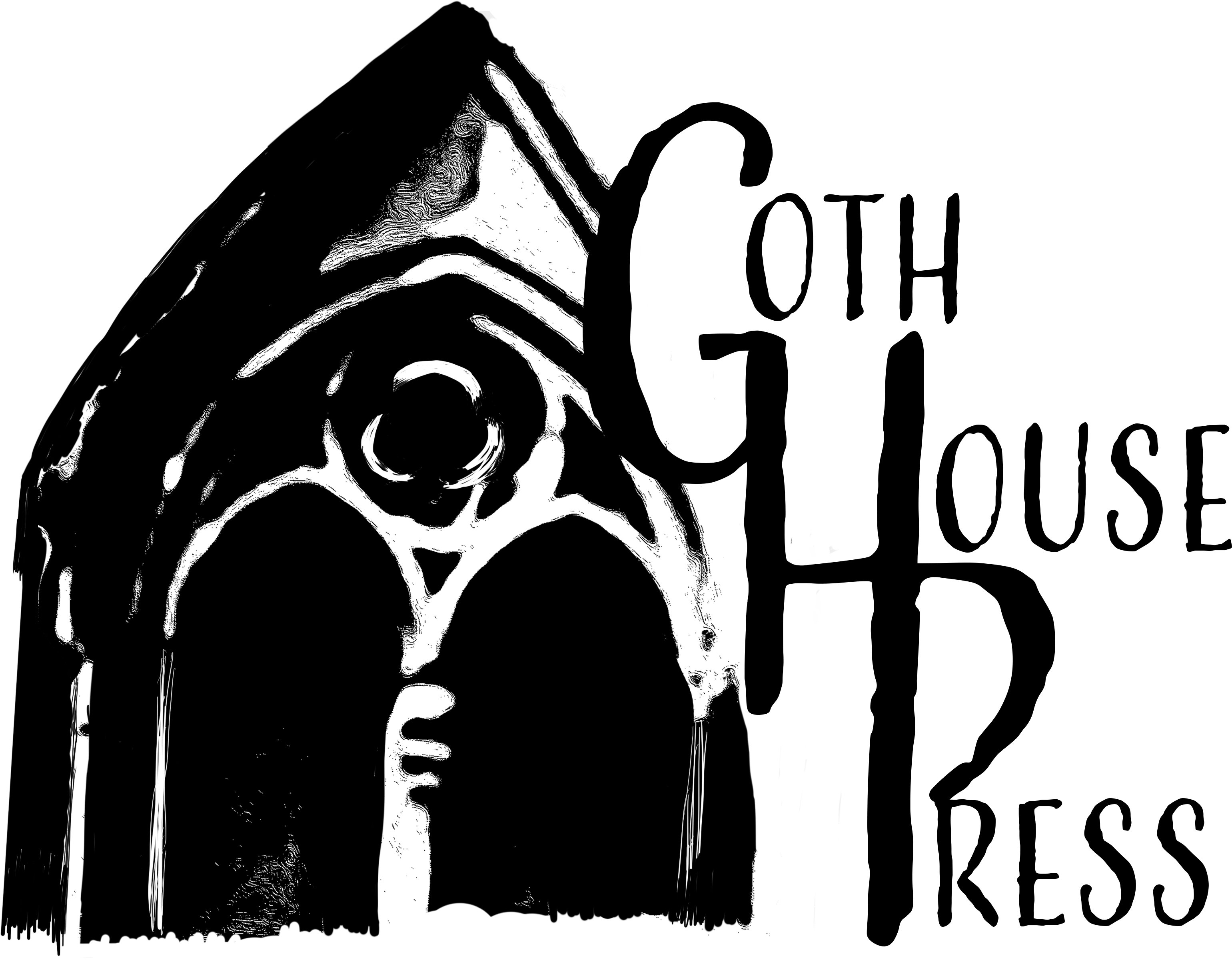Sponsor me, sponsor another writer, or learn more about the Write-a-thon
One of the most important things that I learned at Clarion West was the difference between story and plot. It’s not really intuitive to separate them, because they’re so closely linked in a successful finished work. I’m sure there are many writers who never bother to consciously make the distinction. You might think it would be the sort of distinction that an English Lit degree would have taught me to make, but no. Even from a critique standpoint, the plot and the story are treated as pretty much the same thing.
But they’re not.
And even when people do make the distinction, they don’t always break it down the way I would. E.M. Forster famously gave this as an example of story: The king died and then the queen died. And this as an example of plot: “The king died and then the queen died of grief.” This is the opposite of how I learned to make the distinction. I think plot is *what* happens and the story is *why you care* that it happens.
That makes story the more important of the two. Story is the emotional core. The plot exists to move the characters around, so that they can have the story arcs they need to have. Plot is scaffolding, or clockwork. The same story concept can be explicated through very different plots. Edgar Wright, Shaun of the Dead script writer (with Simon Pegg) has talked about how they saw the movie as essentially a romantic comedy, “The trick we have tried to pull off is that it’s a zombie film which isn’t really about the zombies. That you could go through the script and replace all the zombie elements with any other obstacle, be it traffic jam, power cut or thunder storm.”
But that doesn’t make the zombies completely arbitrary. A traffic jam wouldn’t typically deliver life-and-death stakes, for example. (“You know, I don’t think I’ve got it in me to shoot my flatmate, my mum, and my girlfriend all in the same night.”) That’s why plot and story are so difficult to separate in a finished work — they influence each other in a feedback loop and end up tightly entwined, like a morning glory wrapped around a blackberry.
So why was it so important for me to learn to make the distinction? Because, when trying to think about what should happen in a story, I often would think in plot terms, and wonder why everything felt mechanical and lifeless and dull. Being able to think in terms of story, plot aside, gave me a new diagnostic tool. I could think, “oh, that bit isn’t working, because the wrong characters are having the conversation.” Or, “sure, it makes sense that somebody would do that, but storywise it’s BORING.”
It took a few years for the most important aspect of the distinction to manifest: I eventually figured out how to write a story synopsis that could function as an outline. (I briefly talk about that here http://www.gothhouse.org/blog/write-a-thon-final-week/).
Like most aspiring novelists, I’d tried both seat-of-pantsing and outlining , and concluded that I must be a pantser, because my outlines were terrible. They ended up like outlines for a middle school essay. But, for the werewolf novel, it felt like my pantsing was getting totally out of control. (Detailed here http://www.gothhouse.org/uncategorized/waking-up-naked-in-ever-stranger-places/) I would write 100,000 words, dump 80,000 of them, write 80,000 more, dump the whole thing and start over. I draft quickly when the spirit is on me, but I was starting to feel this was a gift that had become a curse — even if I could spit out 20,000 words in a matter of days, it was no victory if it was always the wrong 20,000 words.
But why was it always the wrong 20,000 words? Or 80,000? Or 100,000? Or 150,000?
Because I was telling the wrong story.
I had a lot of the right story elements assembled — that’s why I felt moved to keep trying. But when I wrote the first synopsis for what became the YA version, I realized that I had allowed the plot to get completely overloaded with stuff, and basically crammed two, possibly three, stories into one. It didn’t matter that the plot sort of made sense, the story structure was all wrong. If you think of a story as having a spine, from which all other body parts proceed, I had created a hideous multi-spined mutant. The YA synopsis finally contained the correct amount of spine.
 (Why, yes, my internal metaphors for the writing process do inevitably cast me as as Dr. Frankenstein attempting to create life in the laboratory, cackling with mad glee when I feel like I succeed, and swooning in dramatic black-and-white despair when I fail.)
(Why, yes, my internal metaphors for the writing process do inevitably cast me as as Dr. Frankenstein attempting to create life in the laboratory, cackling with mad glee when I feel like I succeed, and swooning in dramatic black-and-white despair when I fail.)
